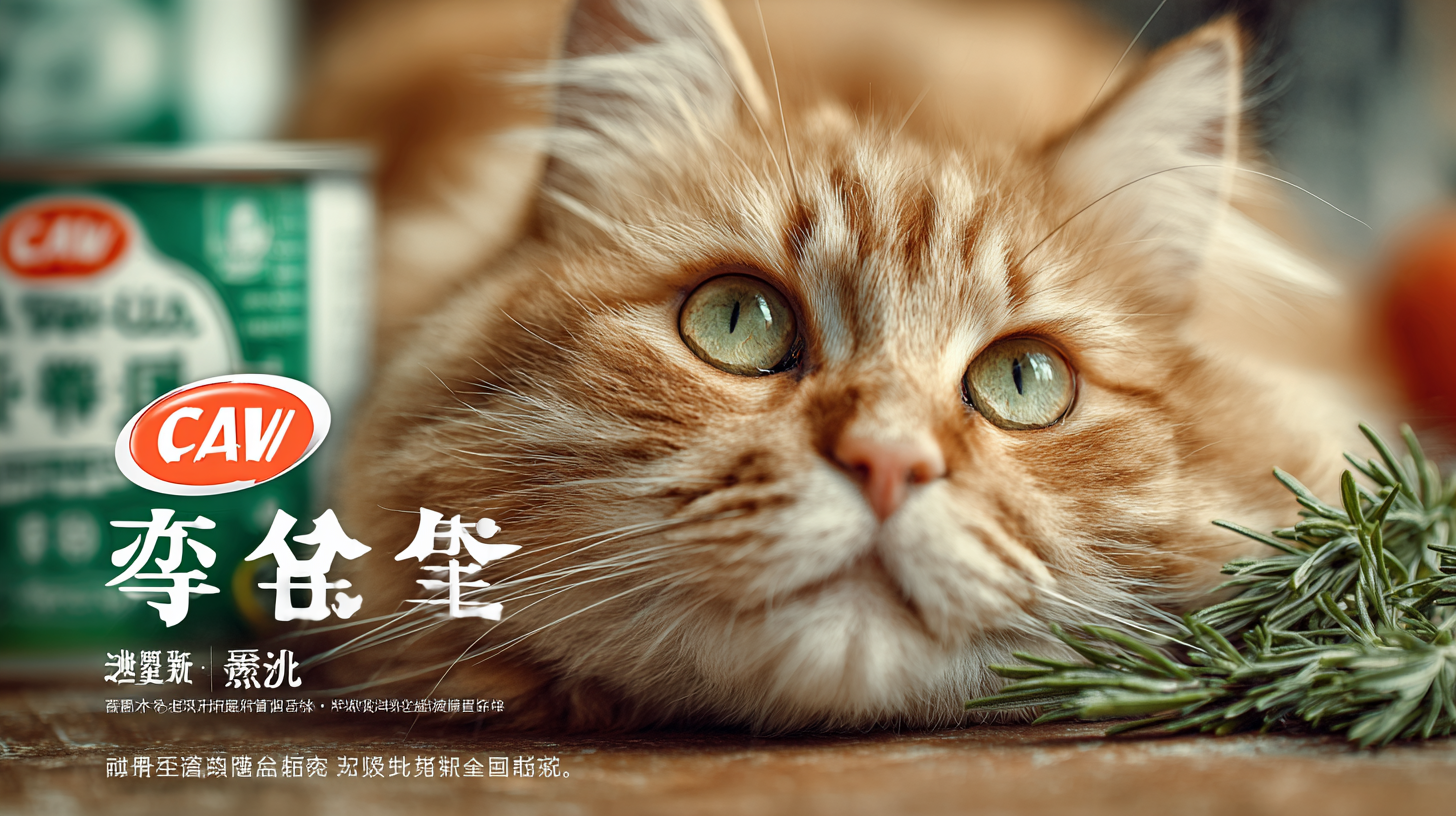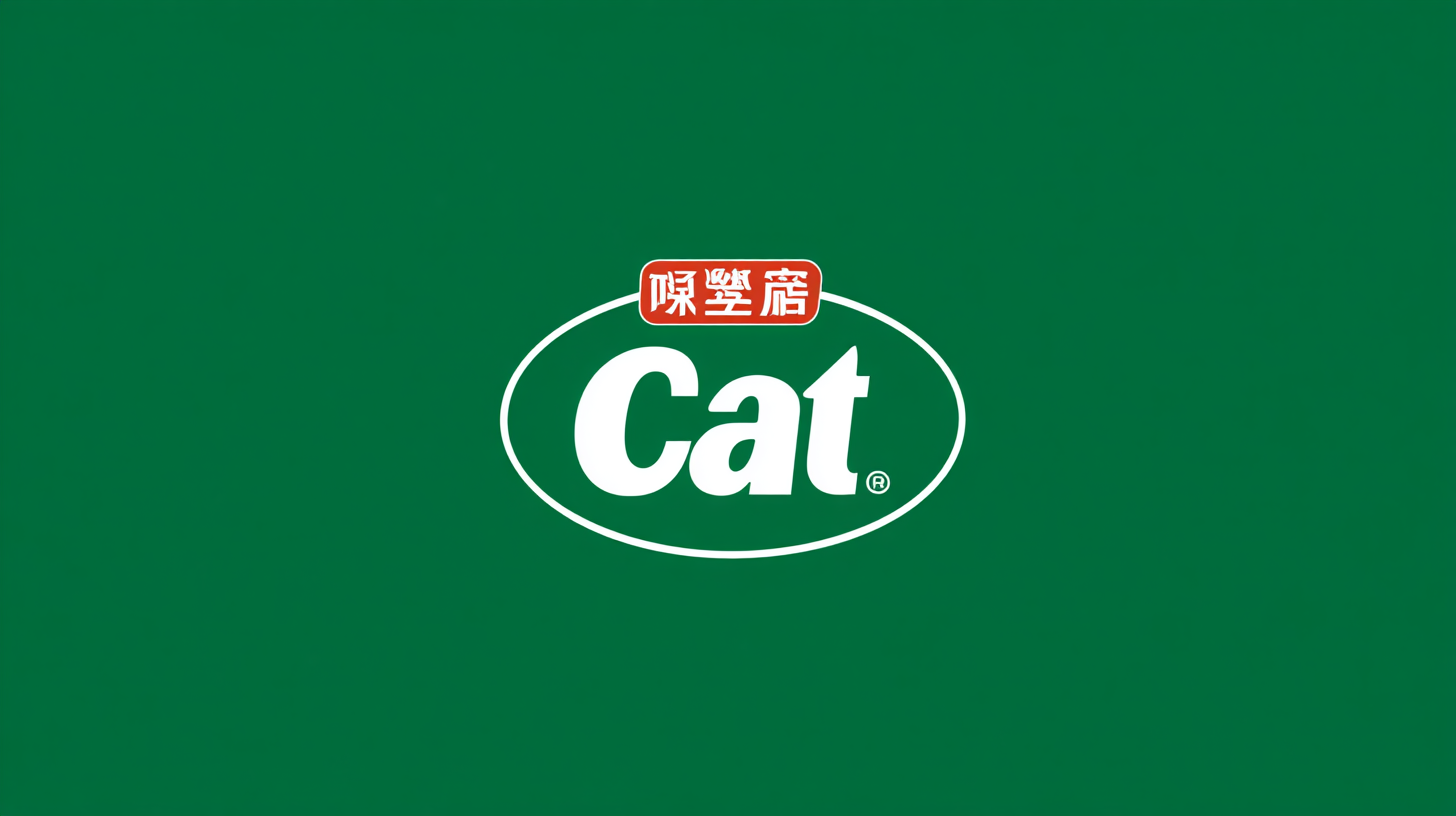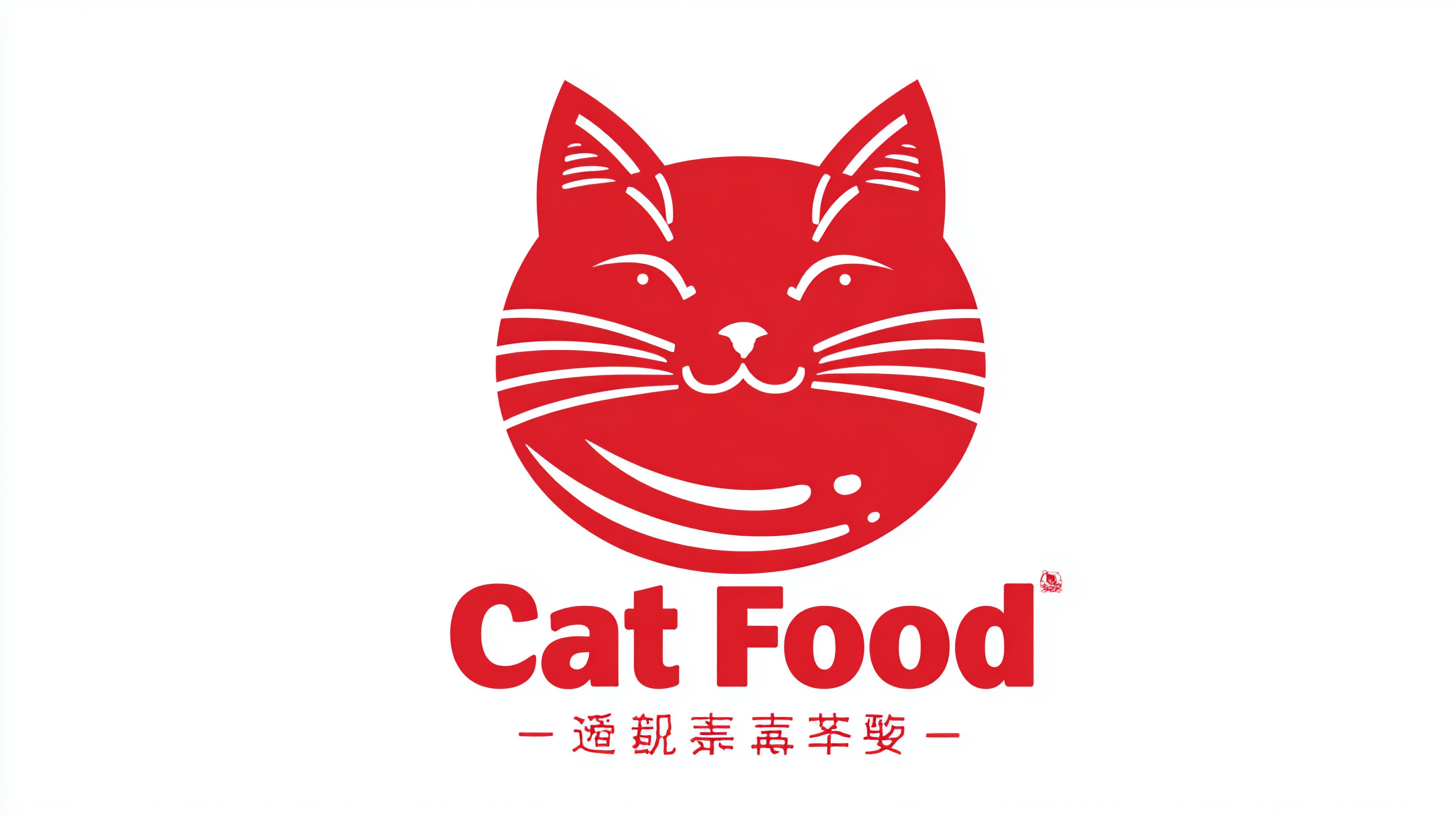In recent years, China has emerged as a powerhouse in the global cat food manufacturing industry, captivating buyers worldwide with its innovative products and advanced technology. As we look towards the technological development trends for 2025, it becomes evident that the landscape of cat food production is evolving rapidly, driven by advancements in automation, sustainability, and nutrition science. This blog will explore how China's leading manufacturers are not only setting high standards for quality but also transforming the cat food market through their commitment to research and development. By leveraging cutting-edge technology, these companies are responding to the growing demand for premium pet food that meets the health needs of our feline companions. Join us as we delve into the benefits of these advancements and uncover how they are revolutionizing the way global buyers perceive and purchase cat food.

 China has emerged as a leading player in the global cat food market, leveraging its competitive edge in manufacturing. This advantage stems from several key factors, including technological innovation, cost-effective production, and a well-established supply chain. Chinese manufacturers have invested heavily in advanced production techniques and quality control processes, ensuring that their products meet international standards. By integrating cutting-edge technology into their operations, they have significantly enhanced efficiency while maintaining high-quality output.
China has emerged as a leading player in the global cat food market, leveraging its competitive edge in manufacturing. This advantage stems from several key factors, including technological innovation, cost-effective production, and a well-established supply chain. Chinese manufacturers have invested heavily in advanced production techniques and quality control processes, ensuring that their products meet international standards. By integrating cutting-edge technology into their operations, they have significantly enhanced efficiency while maintaining high-quality output.
Furthermore, China's vast agricultural resources contribute to its ability to produce high-quality ingredients at competitive prices. The country benefits from a diverse range of raw materials, such as fish, poultry, and grains, allowing manufacturers to create premium formulations tailored to the needs of different feline diets. The combination of affordability and quality has attracted global buyers, making Chinese cat food products increasingly popular in various international markets. As these manufacturers continue to innovate and adapt to changing consumer preferences, China's position in the cat food industry is set to strengthen even further.
China has emerged as a formidable player in the global pet food market, particularly in the production of cat food. This rise to prominence can be attributed to the quality and sourcing of key ingredients used in their formulations. Notably, Chinese manufacturers prioritize sourcing high-quality protein sources, including rice protein, which has been identified as an excellent alternative for cats with food sensitivities. This makes Chinese cat food appealing to pet owners seeking specialized dietary options for their furry companions.
When choosing cat food, pet owners should consider the following tips: first, scrutinize ingredient labels for clarity and quality; look for natural protein sources and avoid fillers. Second, observe how your cat reacts to different brands. Some cats may thrive on specific ingredients while exhibiting sensitivities to others. Lastly, stay informed about import trends and the origins of the ingredients. Understanding where the components come from can help in selecting a brand that aligns with your pet's dietary needs and health considerations.

The global demand for premium cat food has been on a steady rise, driven by pet owners who are increasingly conscious of their pets' health and well-being. As people prioritize high-quality nutrition for their furry companions, they are willing to invest in products that promise better ingredients and enhanced benefits. This shift in consumer behavior has created a significant opportunity for manufacturers, particularly in China, where innovations in production processes and quality control have led to the creation of standout products in the premium pet food market.
Chinese manufacturers are not only responding to domestic demand but are also keenly aware of global market trends. By leveraging advanced technology and sustainable sourcing, they are able to craft cat food that meets the stringent requirements of international buyers. The rising interest in specialized diets, including organic, grain-free, and protein-rich options, has further propelled the growth of this segment. As consumers around the world become more discerning about what goes into their pets' bowls, China’s premier manufacturing capabilities position it perfectly to captivate a global audience, emphasizing the importance of quality and innovation in a fiercely competitive market.
Chinese cat food has been gaining traction in the global market, thanks to its unique formulations that cater to various dietary needs of felines. When it comes to quality and taste, a comparative analysis between Chinese brands and global competitors reveals an interesting landscape.
Many Chinese manufacturers prioritize high-quality ingredients sourced locally, which not only support regional farmers but also ensure fresher products for consumers. In contrast, while global brands often lean towards standardized recipes, they can sometimes compromise on ingredient sourcing due to scale and cost.
Here are some tips for discerning cat owners looking to make the best choice for their furry companions:
In recent years, Chinese cat food manufacturing has gained significant attention from global buyers, largely due to evolving consumer preferences. A survey by Pet Food Industry highlights that around 60% of pet owners prioritize high-quality ingredients when choosing cat food, with a significant demand for protein-rich formulations. China's ability to leverage advanced technology and rigorous quality control measures positions its products favorably in the international market.
One key driver of buyer preference is the emphasis on sustainable sourcing and transparency in the supply chain. According to a report by Grand View Research, 75% of pet owners are willing to pay a premium for brands that provide clear information on sourcing practices. This shift underscores the importance of brands that can communicate their commitment to pet health and environmental sustainability.
**Tip:** When selecting cat food, pet owners should consider brands that disclose ingredient origins and offer detailed nutritional information. This transparency not only ensures accountability but also helps in making informed choices for pet well-being.
Additionally, marketing strategies that highlight regional specialties, such as unique formulations incorporating traditional Chinese herbs, appeal to a growing niche market. A study by Research and Markets indicates that the holistic pet food segment is projected to grow at a CAGR of 9% by 2025, signaling a shift towards products perceived as natural and health-centric.
**Tip:** Seek out products with endorsements from veterinarians or pet nutritionists, as these recommendations can further assure quality and suitability for your cat's dietary needs.
| Category | Percentage of Buyers (%) | Key Drivers |
|---|---|---|
| Quality Ingredients | 45% | Natural and Nutritional Value |
| Price | 30% | Affordability and Value for Money |
| Flavor Variety | 15% | Different Taste Preferences |
| Brand Reputation | 10% | Trust and Consumer Loyalty |
